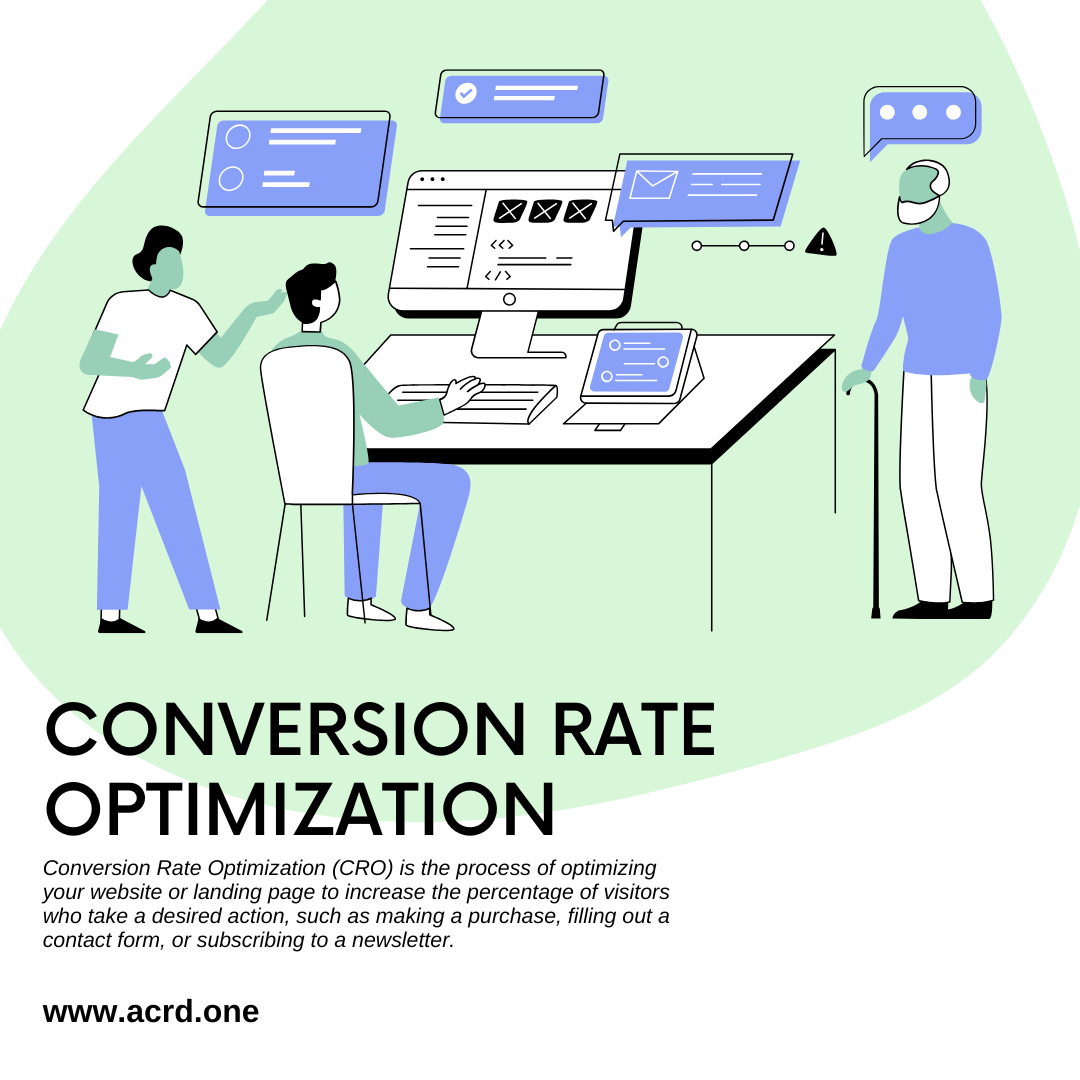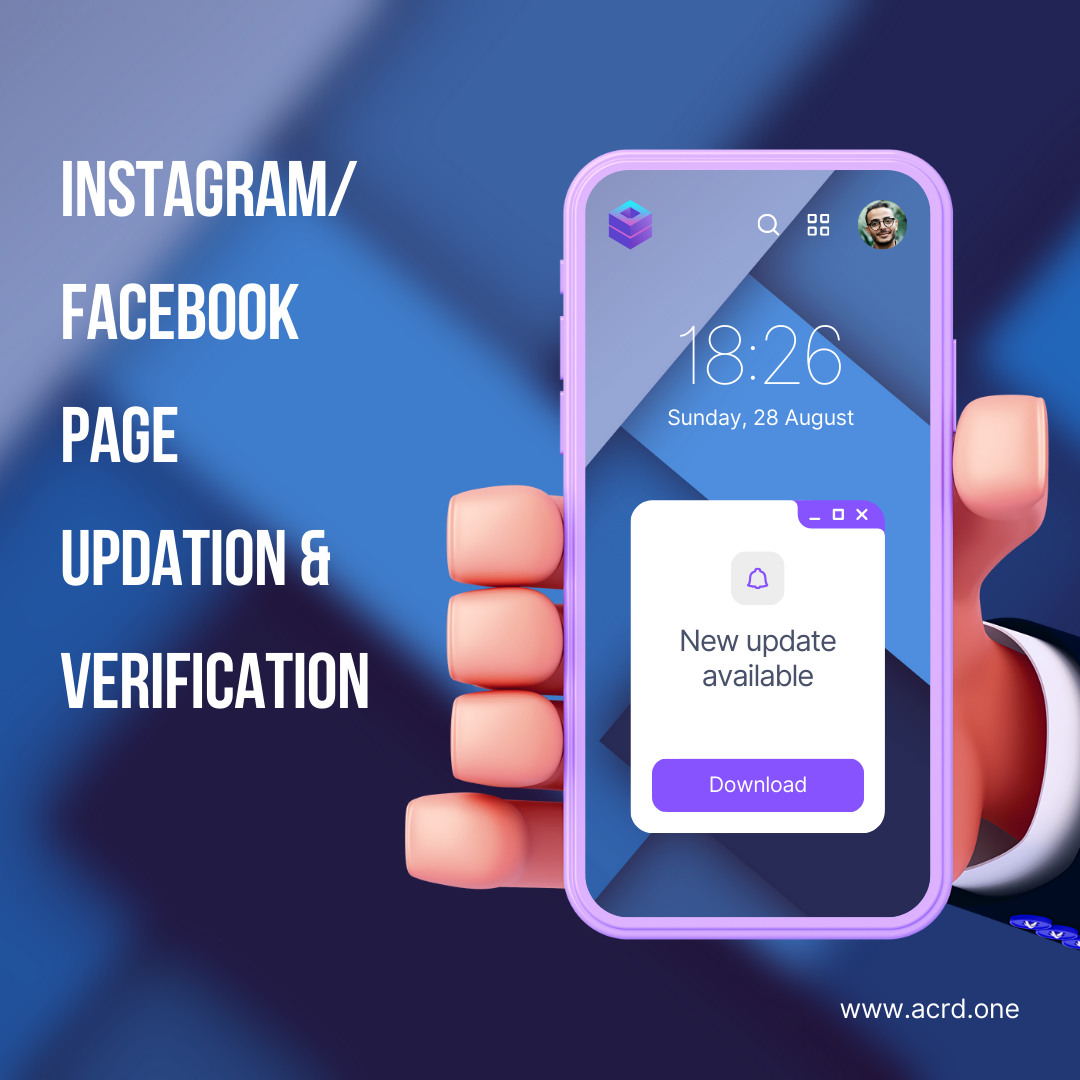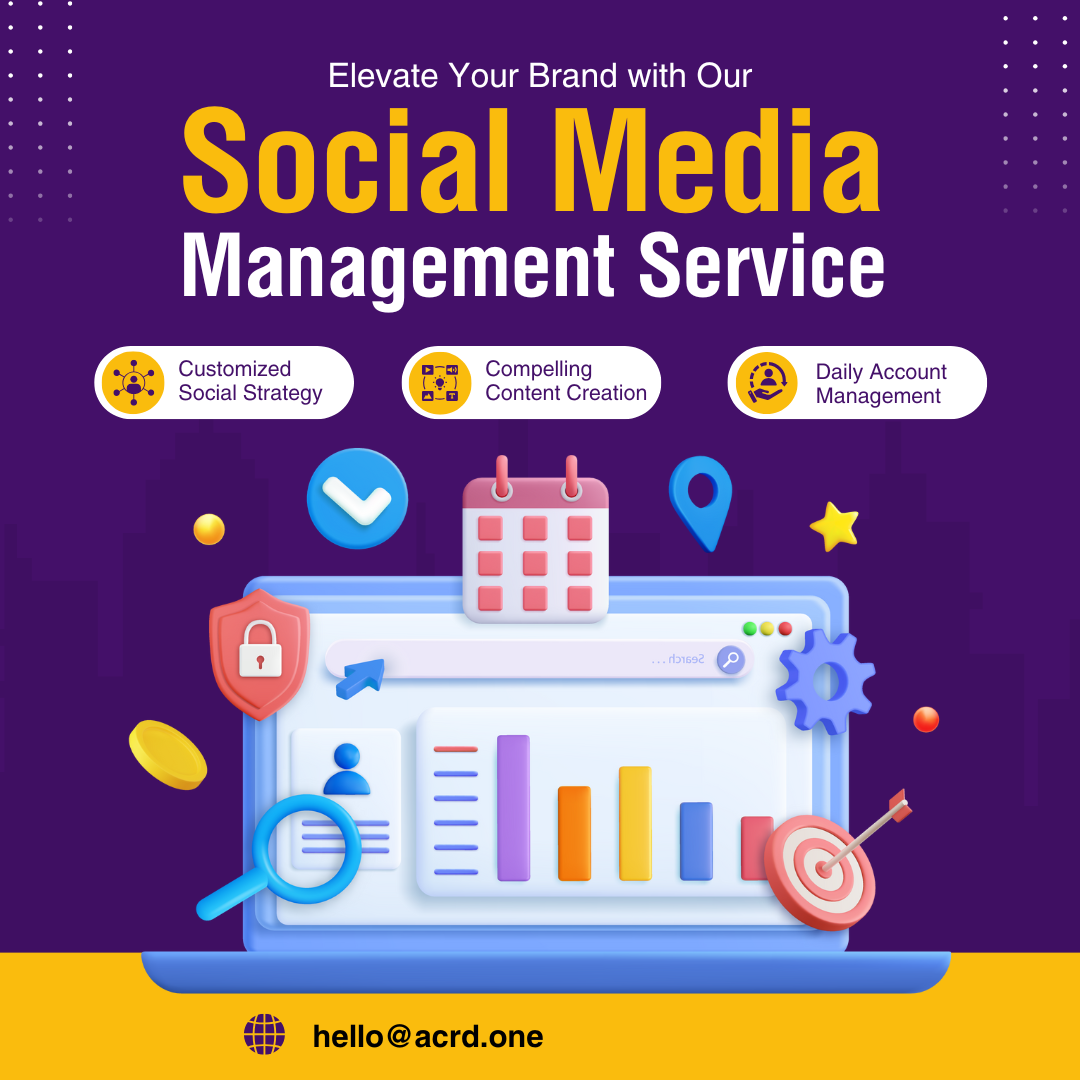Conversion Rate Optimization (CRO) is the process of optimizing your website or landing page to increase the percentage of visitors who take a desired action, such as making a purchase, filling out a contact form, or subscribing to a newsletter. For businesses in Mangalore and Bangalore, improving your conversion rate is critical to maximizing the value of your website traffic and boosting your bottom line. Even small improvements in your website’s conversion rate can lead to significant increases in revenue.
This article will explore the importance of CRO, strategies to implement, and technical tips that can help businesses in Mangalore and Bangalore increase conversions and reduce bounce rates.
What is Conversion Rate Optimization (CRO)?
Conversion Rate Optimization refers to the practice of enhancing the user experience on your website to increase the likelihood of users completing the desired actions. These actions can vary depending on your business goals but typically include purchases, form submissions, or engagement with key content.
CRO is based on a data-driven approach, where decisions are made by analyzing user behavior, testing different elements of a website, and refining the design and content to encourage users to convert. This process includes various techniques like A/B testing, improving user experience (UX), enhancing call-to-action (CTA) buttons, and optimizing the content layout.
Understanding Your Current Conversion Rates
Before you can optimize your conversion rates, you must first understand your baseline. Identifying your current conversion rate helps you measure the success of your CRO efforts. The average conversion rate for websites typically ranges from 1% to 5%, but this can vary depending on the industry and type of business.
To calculate your conversion rate:
- Conversion Rate = (Number of Conversions ÷ Total Website Visitors) x 100
For example, if your website receives 1,000 visitors and 50 of them make a purchase, your conversion rate is 5%.
Technical Tip: Use Google Analytics to set up goals and track key conversion actions like purchases, sign-ups, or contact form submissions.
Identifying Conversion Roadblocks
One of the first steps in CRO is identifying barriers that prevent visitors from completing a desired action. These roadblocks can include:
- Slow Load Time: A slow website can cause visitors to leave before they convert.
- Poor User Experience (UX): A confusing layout or difficult navigation can frustrate users and lead them to abandon the site.
- Unclear Calls to Action (CTAs): If CTAs are hidden, unclear, or hard to find, users may not know what action to take.
- Form Friction: Long or complicated forms can deter visitors from completing sign-ups or making a purchase.
Technical Tip: Use tools like Hotjar or Crazy Egg to analyze heatmaps and session recordings. These tools will show you where users click, scroll, and where they drop off on your website.
A/B Testing: The Key to CRO Success
A/B testing is one of the most effective methods for improving your conversion rate. By creating two or more versions of a webpage or element (e.g., CTA button), you can test which one performs better.
Here’s how to conduct a successful A/B test:
- Define Your Objective: Decide what action you want to test (e.g., getting more newsletter sign-ups or increasing product purchases).
- Create Variations: Modify one element on the page at a time, such as changing the text on a CTA button or experimenting with the layout.
- Test Your Variations: Run the test and collect data on which variation leads to more conversions.
- Analyze and Implement: Once the test is complete, implement the winning variation and continue testing other elements.
Technical Tip: Use A/B testing tools like Google Optimize or Optimizely to run tests and track the results. Be sure to allow enough time for the test to gather statistically significant data before drawing conclusions.
Optimizing Your Website’s User Experience (UX)
A smooth and intuitive user experience is critical for boosting conversions. If your website is difficult to navigate, has unclear messaging, or presents a poor visual design, users may leave without converting.
To optimize UX:
- Mobile Optimization: With increasing mobile traffic, your website must be fully optimized for mobile users. Ensure it loads quickly and has an intuitive design.
- Simplify Navigation: Organize content and navigation in a way that makes it easy for users to find what they need.
- Clear and Visible CTAs: Make your CTAs stand out by using contrasting colors and clear, action-oriented language.
- Social Proof: Display customer reviews, testimonials, and trust badges to build credibility.
Example: A Bangalore-based e-commerce store simplified its checkout process, reduced form fields, and made the payment process easier. This led to a 20% increase in conversions.
Technical Tip: Conduct a usability test with real users to identify pain points in the user journey. Tools like UserTesting can help you understand how users interact with your website.
Leveraging Persuasive Design and Copy
Great design and persuasive copywriting are powerful tools in CRO. By presenting information in an appealing way and using compelling language, you can persuade users to take action.
Key strategies to apply:
- Compelling Headlines and Copy: Use clear, benefit-driven headlines that show users what they will gain by taking action.
- Urgency and Scarcity: Words like “limited time offer” or “only a few items left” can create a sense of urgency and encourage quicker decisions.
- Social Proof and Trust Signals: Showcase positive customer reviews, ratings, and industry certifications to build trust.
Technical Tip: Use conversion copywriting techniques, such as writing benefit-driven CTAs or offering free trials, to make your offers more attractive to visitors.
Retargeting and Personalized Marketing
Retargeting is another powerful strategy to increase conversions. Visitors who have already shown interest in your products or services can be targeted with ads across different platforms to bring them back to your site.
You can also implement personalized marketing to deliver tailored offers to visitors based on their behavior. For example, if a visitor looked at a particular product but didn’t buy it, you can show them an ad or email with a discount for that product.
Technical Tip: Use Google Ads or Facebook Ads to retarget visitors who have interacted with your website. Personalized emails can be set up using email marketing platforms like Mailchimp.
Conclusion
Conversion Rate Optimization is a continual process of analyzing, testing, and improving your website’s performance. By understanding your current conversion rates, identifying roadblocks, running A/B tests, and optimizing your UX and design, you can significantly improve the effectiveness of your website and increase conversions. For businesses in Mangalore and Bangalore, applying these CRO strategies can lead to higher sales, increased revenue, and better customer retention.
Call-to-Action:
Ready to boost your website’s conversion rates? Contact ACRD.one today for expert CRO services tailored to your business’s needs!
Categories:
- Marketing and Branding
- Conversion Rate Optimization
Tags:
conversion rate optimization, CRO strategies, A/B testing, website optimization, improve conversions, user experience, persuasive design, mobile optimization, call to action, Mangalore businesses, Bangalore businesses










